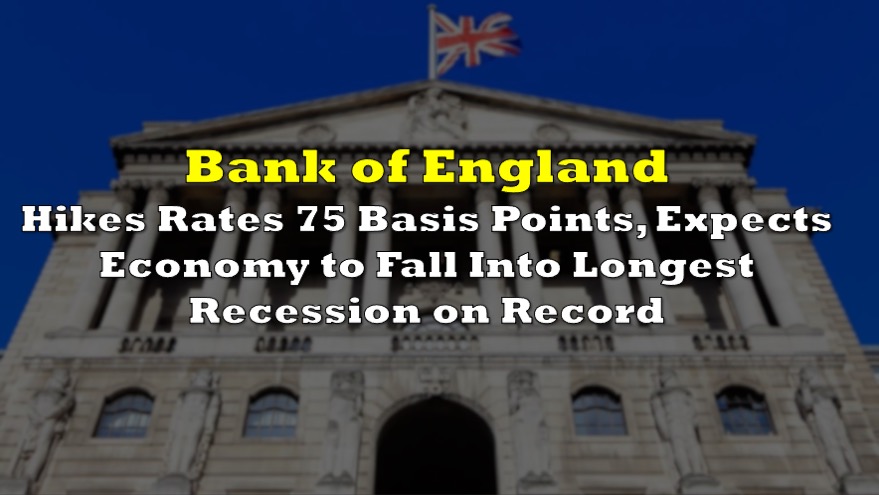The latest data from Statistics Canada reveals that the median family after-tax income in Canada fell significantly in 2022 when adjusted for inflation, marking a challenging year for many Canadians. The decrease was most pronounced among younger families, exacerbating existing financial vulnerabilities and pushing more households below the low-income threshold.
These findings underscore the broader economic pressures facing Canadian families as they navigate the aftermath of the COVID-19 pandemic and rising inflation.
In 2022, the median family after-tax income across all family units in Canada was $60,800. While this figure represents a nominal increase of 2.5% from 2021, when adjusted for the annual inflation rate of 6.8%, it equates to a real-term decline of 4.0% compared to the previous year. This marks the first significant drop in median income after adjusting for inflation in recent years, signaling potential economic distress for many Canadian families.
Dr. Mike P. Moffatt, a Canadian economist, highlighted the severity of this downturn, stating on social media, “New Statcan data. After-tax, after-inflation family income dropped 4% between 2021 and 2022, with folks under the age of 35 experiencing the biggest declines.”
Ooof. New Statcan data. After-tax, after-inflation family income dropped 4% between 2021 and 2022, with folks under the age of 35 experiencing the biggest declines.
— Dr. Mike P. Moffatt 🇨🇦🏅🏅 (@MikePMoffatt) August 19, 2024
Source: https://t.co/6gXbaUW301 pic.twitter.com/PrG0NwZXgu
The data from Statistics Canada shows that families with the oldest adult under 35 years of age experienced the most significant income losses in 2022. For instance, family units where the oldest adult was under 24 years old saw their median after-tax income drop by a staggering 11.8% to $20,190.
Similarly, families where the oldest adult was between 25 and 34 years old saw a decline of 5.2%, bringing their median income down to $54,320.
Regionally, the decline in median after-tax income was felt across Canada, with every province and territory experiencing a year-over-year decrease when adjusted for inflation. Nunavut, the Northwest Territories, and Nova Scotia reported the largest declines, with incomes dropping by 8.4%, 7.2%, and 5.6%, respectively.
Comparing 2022 to 2019, before the pandemic, further illustrates the challenges facing Canadian families. While the national median family after-tax income in 2022 was nearly on par with 2019, at just 0.1% higher, this masks significant regional disparities.
For example, Quebec and British Columbia saw slight gains of 5.0% and 1.3%, respectively, while Alberta and Nunavut saw declines of 4.1% and 6.4%. These shifts reflect changes in the labor market, wages, and the availability of government support during and after the pandemic.

Growing economic divide
As median incomes fell, the proportion of Canadians living in low-income households increased, particularly among younger families. In 2022, the low-income rate for families where the oldest adult was younger than 25 years old rose to 60.8%, a 3.3 percentage point increase from the previous year.
For lone-parent families with a parent younger than 25 years old, the situation was even more dire, with 82.2% living below the low-income threshold.
In stark contrast, senior families (where the oldest adult is 65 years or older) saw their low-income rate decrease by 1.4 percentage points to 14.8%. This reduction in poverty among seniors is likely due to stable pension incomes and other age-related benefits, which have provided some insulation from the economic downturn.
The data also reveals a widening economic divide between age groups. While senior families experienced a relatively small decrease in their median income (down 1.8% to $49,820), younger families, especially those under 25, saw significant declines.
Information for this briefing was found via the sources mentioned. The author has no securities or affiliations related to this organization. Not a recommendation to buy or sell. Always do additional research and consult a professional before purchasing a security. The author holds no licenses.









